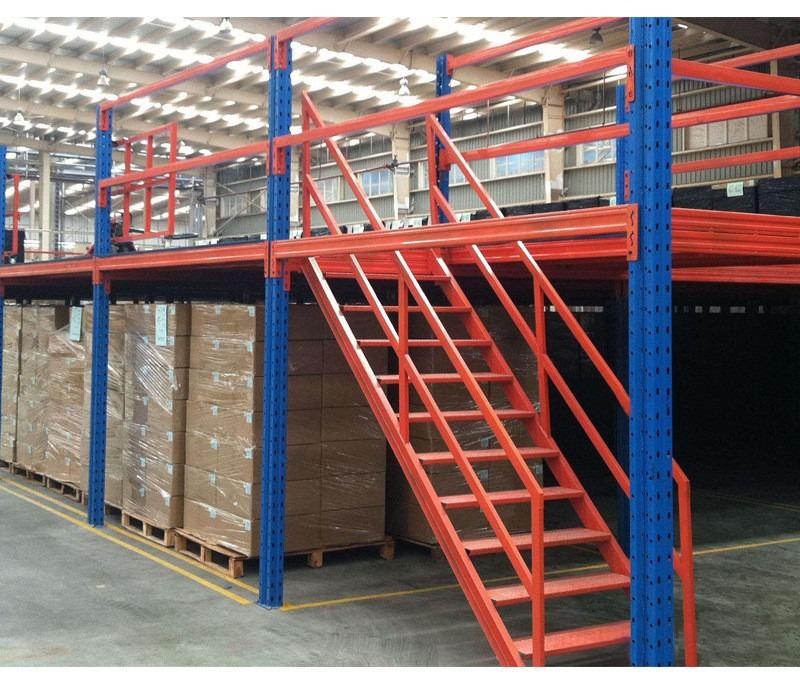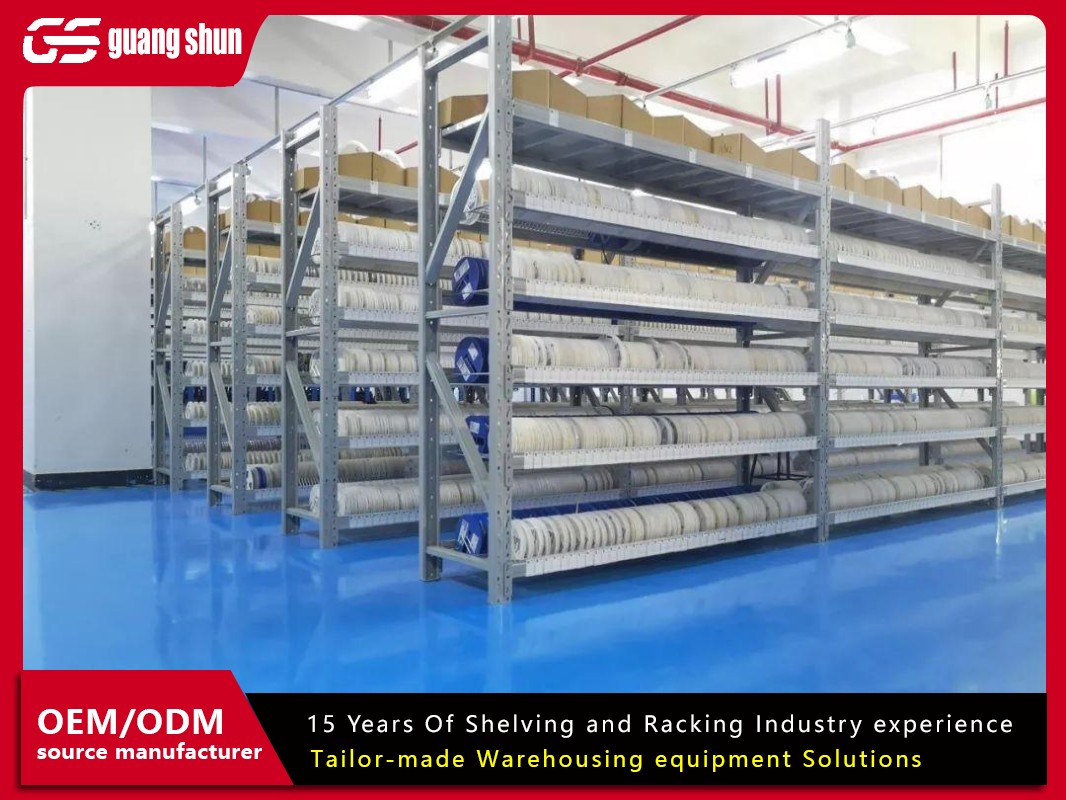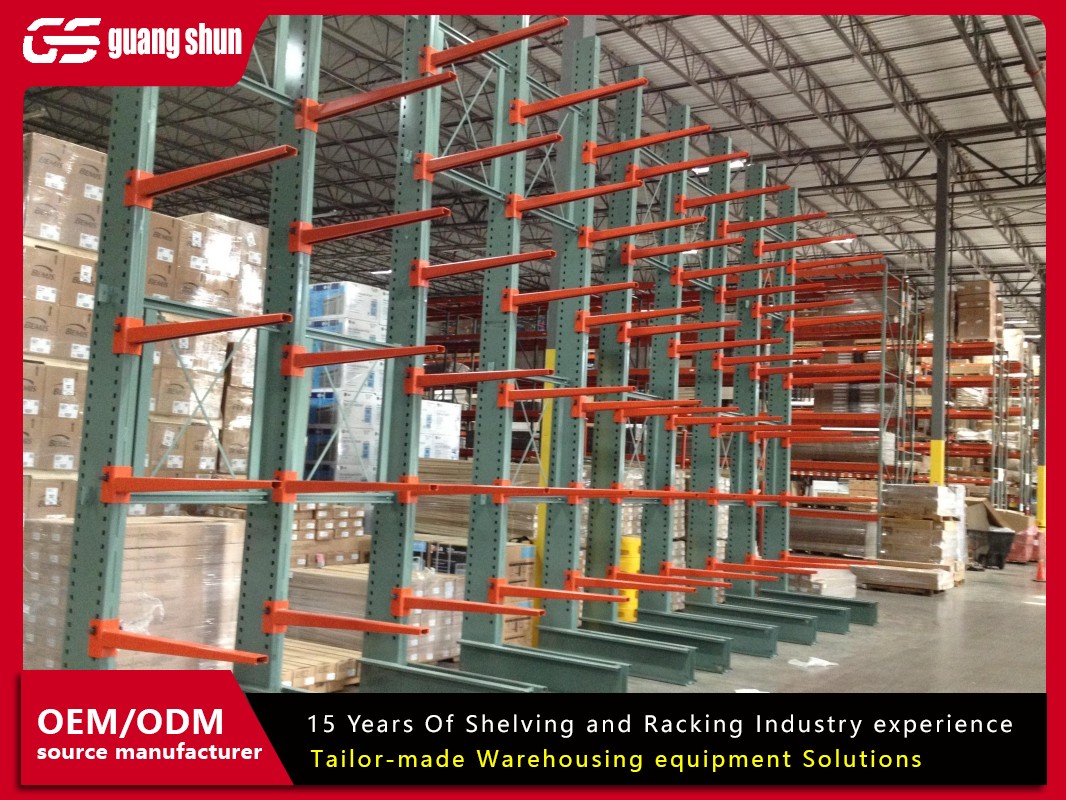Staring at a warehouse or facility bursting at the seams? Before you start planning a costly expansion or relocation, look up. The most underutilized asset in many industrial and commercial spaces is the cubic airspace above the floor. This is where mezzanine racking comes into play, a transformative storage solution that can effectively double your usable area without pouring a single foundation. But is it the right fit for your specific operation? This article dives deep into what mezzanine racking is, its key benefits, the different types available, and a practical guide to selecting and implementing this powerful system.

What Exactly is Mezzanine Racking?
At its core, mezzanine racking is an integrated system that combines a structural elevated platform (the mezzanine) with a racking system designed to support stored goods. It's a hybrid solution that creates a second or even third level within your existing facility.
Think of it as a multi-story building inside your single-story space. The mezzanine floor provides the new level, while the integrated racking structure is specifically engineered to bear the heavy loads of pallets, inventory, or equipment. This is distinct from a simple storage mezzanine used for offices or light assembly, as mezzanine racking is built for heavy-duty storage applications, often integrating seamlessly with other warehouse systems.
Key Advantages of Investing in a Mezzanine Racking System
The decision to install a mezzanine racking system is primarily driven by the need for efficiency and cost savings. Here are the most compelling benefits:
Maximizes Vertical Space: This is the most significant advantage. Instead of expanding your footprint outwards, you build upwards, leveraging the often-wasted vertical cube of your building. This can free up valuable floor space for other production, assembly, or operational needs.
Cost-Effective Expansion: Compared to the astronomical costs of constructing a new building, leasing additional space, or relocating, a mezzanine racking installation is a fraction of the price. It's a capital investment that pays for itself by avoiding ongoing rental increases or construction loans.
Enhanced Organizational Efficiency: By moving bulk storage or slower-moving inventory to the mezzanine level, you can streamline your main floor operations. This creates a more logical workflow, often placing fast-moving items at ground level and archive or seasonal stock above, drastically reducing picking and restocking times.
Improved Inventory Management and Safety: A well-designed mezzanine racking system allows for better categorization and segregation of goods. Furthermore, when properly engineered and installed, it provides a secure and stable storage environment, reducing the risks associated with cluttered aisles and disorganized floor-level storage.
Customizability and Scalability: These systems are not one-size-fits-all. They can be customized to fit the exact dimensions and load-bearing requirements of your space. As your business grows, many mezzanine racking designs can be reconfigured, expanded, or even relocated.
Types of Mezzanine Racking Systems: Choosing the Right Fit
Not all mezzanine racking is created equal. The right choice depends on your building's specifications, load requirements, and intended use.
Structural Mezzanine Racking: This is the heaviest-duty option. The racking structure itself, typically using heavy-duty pallet racking frames, forms the primary support for the mezzanine deck. This design is ideal for maximizing clear height underneath and is capable of supporting immense loads, making it perfect for full pallet storage in high-bay warehouses.
Shelving-Supported Mezzanines: In this configuration, the system is built upon a framework of sturdy shelving units. These shelving bays support the deck and provide storage on both the ground and mezzanine levels. It's an excellent choice for lighter loads, smaller parts, and manual picking operations where easy access to a variety of SKUs is needed.
Free-Standing Mezzanines with Integrated Racking: Here, the mezzanine structure is independent, and the racking system is installed on top of the deck. This offers great flexibility as the racking type on the upper level can be chosen independently (e.g., cantilever racking for long items, selective pallet racking). This is common when the lower level needs to remain open for machinery or wide aisles.
Multi-Tier Racking Systems: For facilities with very high ceilings, a multi-tier approach can be implemented. This involves stacking two or more mezzanine racking levels on top of each other, creating a multi-story storage structure within the building. This is a complex solution requiring sophisticated engineering but offers unparalleled storage density.

A Practical Guide to Selecting Your Mezzanine Racking
Investing in a mezzanine racking system is a significant decision. Here’s a step-by-step guide to ensure you make the right choice.
Assess Your Space and Capacity Needs:
Floor Space: Precisely measure the length and width of the area you can dedicate to the system.
Ceiling Height: Determine the clear ceiling height to understand how many levels you can viably install while maintaining necessary clearance for sprinklers, lighting, and HVAC.
Load Requirements: Calculate the maximum weight you intend to store, both as a uniformly distributed load (UDL) across the deck and as concentrated loads from racking posts or machinery. This is the most critical factor for safety and engineering.
Define the Primary Application:
What will you store? Pallets, small parts in bins, archival documents, or heavy equipment?
How will items be accessed? By forklift, order pickers, or manually?
Your answers will directly influence the type of mezzanine racking and the accessories required, such as gate systems, stair types, and conveyor integrations.
Navigate Regulations and Safety:
Building Permits: Most local authorities require a building permit for mezzanine installation, as it's considered a permanent structural modification.
Building Codes: The design must comply with local building codes regarding seismic activity, wind loads (if applicable), and fire safety.
Safety Standards: Ensure your supplier designs and manufactures the system in accordance with relevant industrial safety standards. Key safety features include robust handrails, toe guards, and properly designed gate systems.
Plan for Integration and Workflow:
Consider how the mezzanine racking will integrate with your existing workflow. Will you need a lift or conveyor for moving goods? How will staff access the upper level efficiently? Planning for these details during the design phase prevents costly modifications later.
Understanding the Cost Factors of Mezzanine Racking
The cost of a mezzanine racking system is not a single number. It varies based on several factors:
Size and Height: The larger and taller the structure, the more materials and engineering are required, increasing the cost.
Load Capacity: A system designed to hold 150 psf (pounds per square foot) will be less expensive than one rated for 300 psf, as the latter requires heavier-duty steel.
Decking Material: Options range from particle board and steel grating to durable, high-strength steel decking. The choice affects both cost and performance.
Accessories: Stairs, gates, pallet gates, lifts, conveyor cut-outs, and enhanced safety features all add to the overall project cost but are often essential for functionality.
Installation Complexity: The cost of professional installation can vary based on the site's readiness, the complexity of the structure, and the time required.
While the initial investment might seem substantial, a thorough ROI analysis that factors in avoided rental costs, improved operational efficiency, and increased storage capacity almost always reveals a highly favorable payback period.
The Installation Process: What to Expect
A professional mezzanine racking installation typically follows these stages:
Consultation and Site Survey: A specialist visits your facility to take precise measurements and discuss your needs.
Engineering and Design: Detailed CAD drawings and structural calculations are produced for your approval and for the permit application.
Manufacturing: All components are fabricated to exact specifications.
Site Preparation: The area is cleared and prepared.
Installation: A certified installation team erects the structure, ensuring every component is level, plumb, and securely fastened.
Inspection and Handover: The completed system is inspected against the design drawings and safety standards before being handed over to you.
Frequently Asked Questions (FAQs) About Mezzanine Racking
Q1: What is the typical weight capacity for a mezzanine racking system?
A1: Weight capacity varies dramatically based on the design and engineering. Light-duty systems for archival storage might handle 75-100 psf, while heavy-duty structural mezzanine racking for palletized goods can support 300-500 psf or more. A professional assessment is necessary to determine the exact capacity for your needs.
Q2: Can a mezzanine racking system be relocated if we move our facility?
A2: Yes, most mezzanine racking systems are designed to be demonstrable and relocatable. However, the process is complex and requires professional disassembly and reassembly. It's crucial to keep the original design drawings to ensure it can be safely reconstructed in a new location, potentially with some modifications.
Q3: Do I need a building permit for a mezzanine racking installation?
A3: In the vast majority of municipalities, yes. Because a mezzanine racking system is a permanent structural addition that can affect building egress and fire safety, a building permit is almost always required. Your supplier should be able to provide the necessary engineering drawings to submit for permit approval.
Q4: How long does it take from order to completion for a typical system?
A4: The timeline can range from 6 to 12 weeks or more. This includes the design and engineering phase (1-2 weeks), manufacturing (3-6 weeks), and on-site installation (1-3 weeks, depending on size and complexity). It's best to plan your project well in advance.
Q5: What kind of maintenance does a mezzanine racking system require?
A5: Maintenance is generally minimal but crucial for safety. It involves regular visual inspections for any signs of damage, impact from machinery, or loose connections. An annual professional inspection is recommended to check the integrity of bolts, welds, and the decking surface. Keeping the structure free from excessive dust and debris also contributes to its longevity.







